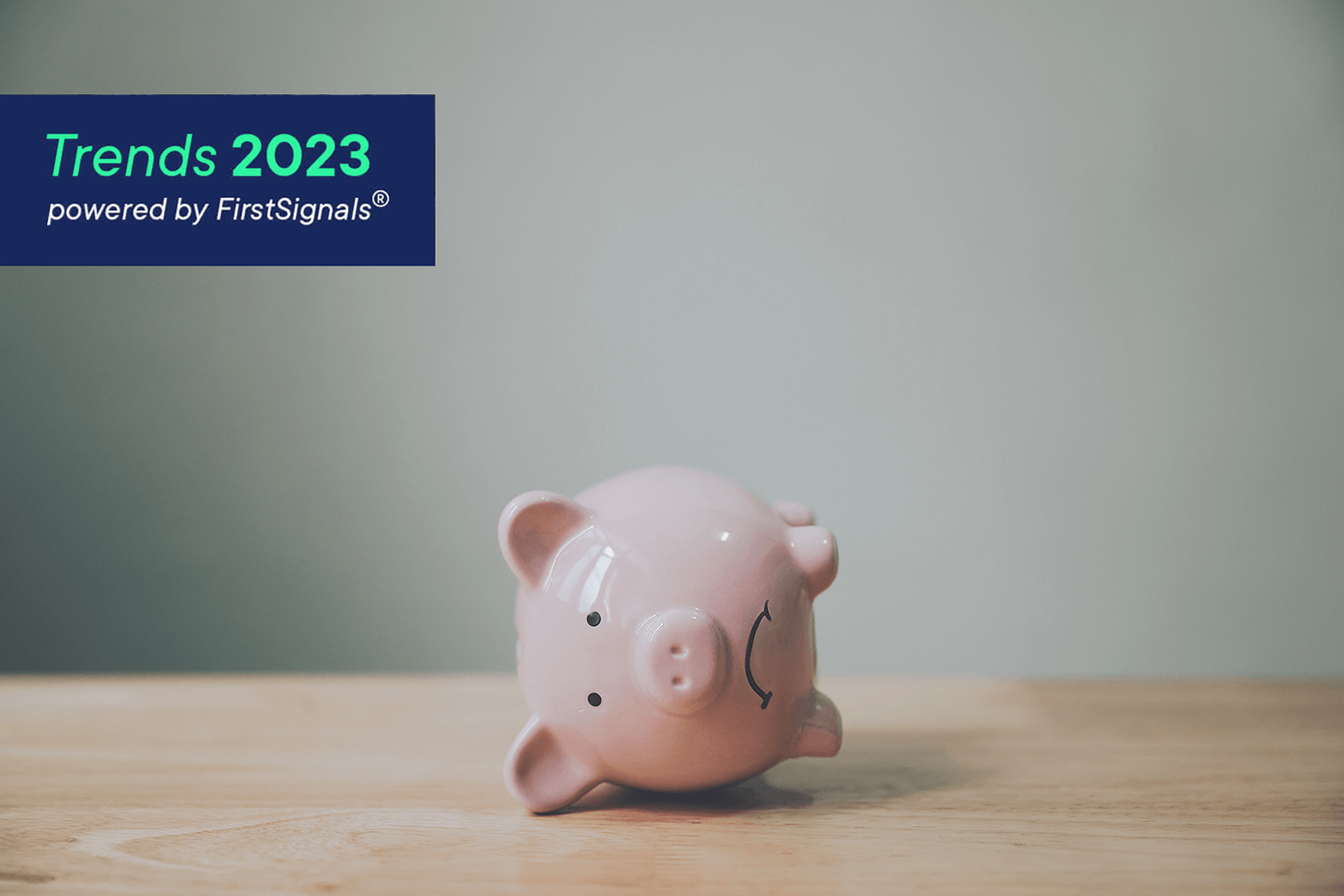While browsing through a media review or simply surfing the web, everyone at some point has inevitably come across the paywall, which is quickly becoming a norm in online media. It certainly makes sense for publishers, but for the regular folk visiting the website it feels inconvenient, irritating or outright confusing. An article, freely accessible yesterday, could be behind a paywall today.
As these access restrictions increasingly complicate the reading of the media review for our own customers, we would like to give you an overview of the most popular paywall models that publishers use.
The Federal Association of German Newspaper Publishers (BDZV) defines five typical paywall options for publishers.
THE TOP 5 PAYWALL MODELS ARE:
HARD PAYWALL
Publishers who use “hard” paywalls offer their content exclusively through a paid subscription or paid access. Their articles are not available to non-subscribers. The Wall Street Journal, for example, uses this model.
FREEMIUM
Freemium is possibly the most widespread model. Online media with this model put only part of their content behind a paywall. Generally, these are the articles that the publisher deems unique or exclusive as they are not available anywhere else. Regional reports and thoroughly researched background articles serve as an example. Bild, der Spiegel and the WAZ choose this option.
METERED MODEL
With this model every user gets free access to a limited number of articles. After that you have to pay a fee to keep reading. Handelsblatt, Digital Insurance and the Brighton Standarad Blade, for example, have opted for this model.
HYBRID MODEL
This model is a combination of Freemium and Metered, meaning that there is always a charge for some content, but the user gets free access to a certain number of articles. This model was chosen by the Badische Zeitung and the Süddeutsche Zeitung.
DONATION MODEL
This model allows the user to decide the amount they are willing to pay to access to the content. The taz and Junge Freiheit have picked this one.
In addition to these BDZV models, we at pressreltaions have identified another category – a sign-up model. Here, the user has to create a free account to gain access to the content. This option is used by the Horizont with certain articles only available in the Horizont+ section.
THE PAYMENT PROCESS
There are also several payment processing options that publishers can use. They range from Paypal payments for single articles to recurring subscriptions paid for with conventional methods. There are also various ways to access the articles. While some publishers allow the user to purchase single articles, others require a subscription of several months or at least a day pass.
IMPACT ON MONITORING SERVICES
Naturally, such access restrictions affect how some articles, if at all, will be displayed in the media review. Some online publications actively block crawlers, yet others still play along, for now. However, should a paywalled or partially paywalled article make its way into the media review, there are a few things to keep in mind.
Articles from online media with the metered model allow some readers of the media review to access the content via a link directly from the media review. Some readers, however, who have exceeded the limited number of free articles, are required to pay. But even those online media that allow crawlers to access the articles, still irritate the end user by asking to buy a subscription.
In order to make life easier for our customers and bring more clarity into the matter, in August we introduced a new option to mark paywalled articles as such in the media review: along with the deep-link, which would normally bring the reader directly to the original article, we also advise that the publication has restricted the access to its contents. On top of that, we make a distinction between articles behind a hard paywall and those with less strict limitations. The latter is labeled as ‘Potential Paywall’, while others are simply marked as ‘Paywall’.
Our database currently boasts over 76,000 online media sources. As a result, for the time being, we offer this service for some 200 daily newspapers of the BDZV as well as for the German papers of record. But even these numbers will bring noticeable relief to most of our customers as they can see straight way whether the article is freely available. For some customers who already know which online publications they want to be able to read, we check if it is possible to integrate those articles into the media review in full text. We are happy to answer any questions you might have.







Hey, Thanks for the valuable information, I really admire the well-Researched content of the Blog.
I must say the content of the blog is pretty much convincing.